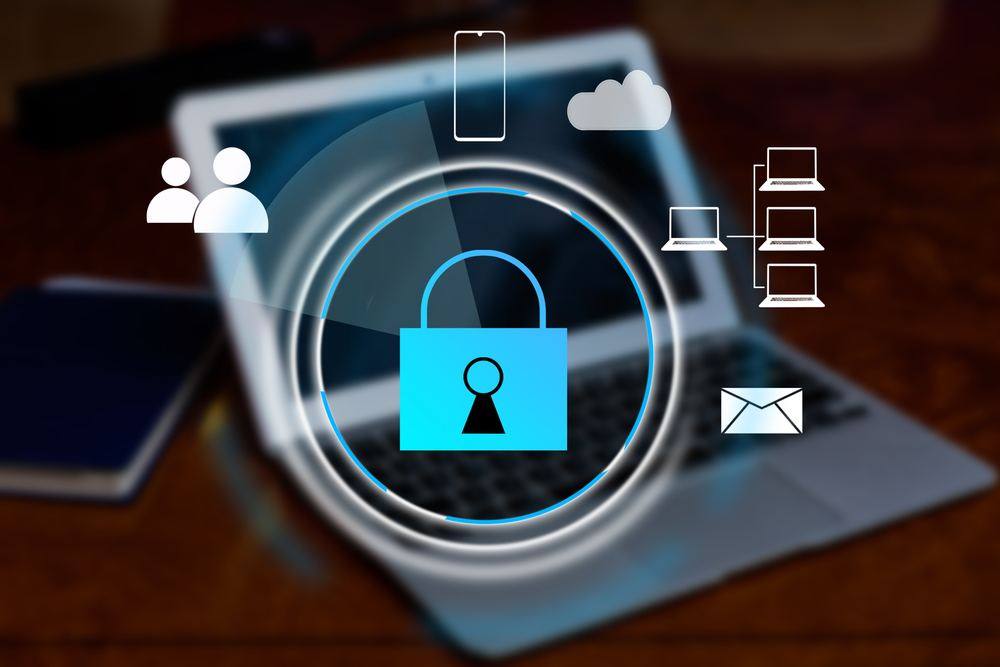Gartner Identifies 7 Key Cybersecurity Trends

The technology research and consulting firm Gartner recently published a report detailing seven cybersecurity trends CISOs should be aware of. In brief, the seven trends provide advice about how companies can implement a cybersecurity strategy.
Gartner analysts point out that cybersecurity is essentially a business enabler. Protecting your IT networks from the threat of bad actors is a business decision that should consider risk management, installing effective anti-hacking technologies and rolling out company-wide cybersecurity protocols.
The seven cybersecurity trends Gartner identifies follow a strategic pattern CISOs can use to meet security and risk management challenges. The key areas are:
Trend 1: Attack Surface Expansion
Surface expansion refers to technologies that fall outside the company’s control. Gartner identifies that third-party platforms such as social media, IoT devices and cloud applications such as Microsoft 365 are necessary tools but can pose a security threat if left unmanaged.
The influx of third-party platforms exposes legacy IT systems which make it harder for CISOs to monitor and manage external threats. New-generation such as anti-virus and malware protection and patch management, on the other hand, give companies the agility to prevent threats as they are happening or before they happen.
Trend 2: Digital Supply Chain Risk
Hackers recognise that it’s often easier to breach an IT network by exploiting the weakness in the digital supply chain that actually targets a business network directly.
Whilst the method of attack is still opportunistic, the more data hackers collect, the deeper they get into infiltrating your network. Gartner predicts that 45% of companies will have been exposed to attacks on their software supply chain by 2025.
To give you a recent example of how digital supply chains can be exploited, cybersecurity firm Avanan discovered how hackers are dropping documents containing malicious malware into Microsoft Team chats.
Trend 3: Identity Threat Detection and Response
The purpose of the two types of attack vectors mentioned above is to steal login credentials that enable hackers to steal sensitive data. Gartner calls this “identity threat detection and response” (ITDR).
ITDR describes the collection of tools and best practices ISCOs can apply to identify, prevent and manage authorised access. Technologies such as remote monitoring and two-way authentication are common tools.

Setting access controls for cloud applications also gives you more control over who has permission to access which data, internally and externally. When set correctly ITDR help to authenticate users, but incorrect cloud configurations are responsible for 10% of all data breaches.
Trend 4: Distributing Decisions
Gartner analysts note the role of CISOs has moved away from a purely technical role into executive risk management. IT systems are no longer designed solely to support the functionality and operability of a business. It also has to protect data and manage data.
Distributing decisions refers to risk management planning. CISOs are responsible for investigating and reporting the risk of implementing technologies to CEOs. Whilst CEOs are responsible for making informed decisions, CISOs have the responsibility to provide clear and accurate information a CEO can digest.
Trend 5: Beyond Awareness
Cybersecurity firms report that employee errors are the principal cause of data breaches. Somewhere in the region of 85-90% of successful attacks start with an employee clicking on a malicious link or downloading an infected application or pdf.
Alerting your staff to the threat posed by cybercriminals will play a significant role in the continuity of your business. When employees are aware of where cyber threats are coming from and how to identify them, there is less risk of infecting your IT network with malicious malware.
Trend 6: Vendor Consolidation
As new technologies emerge to stem the tide of cybercrime, Gartner predicts “30% of companies will adopt cloud-delivered secure web gateway (SWG), cloud access security broker (CASB), zero-trust network access (ZTNA) and branch office firewall as a service (FWaaS) from the same vendor.”
This makes more sense when you consider that technologies continue, and must continue, to evolve. Companies that use software from multiple vendors typically run into functionality problems because of a conflict between the two applications.
It makes sense that consolidating security-related technologies will be more efficient because they will have been tested before the release of an update. This dramatically reduces the likelihood of running into functionality issues or your system crashing altogether.
Trend 7: Cybersecurity Mesh
Building up from vendor consolidation, Gartner recommends what they call “cybersecurity mesh architecture” (CSMA). In addition to the technologies outlined in trend 6, CSMA includes implanting consistent security policies, enabling workflows and exchanging data between consolidated solutions.
A CSMA involves implementing controls where they are most needed rather than running a security tool running in a silo. This promotes the interoperability of foundational tools that belong to outside vendors and extends security controls to distributed assets.

IT Security Specialists in Surrey
Cybersecurity is a specialist area that can complicate the IT strategy of multiple businesses. If your IT team doesn’t have the right experience to implement and manage a cybersecurity strategy, our team of IT security specialists in Surrey can help.
We take a proactive approach to IT security and our breadth of expertise covers every aspect of cybersecurity. From cloud configuration, network encryption, securing endpoints and GDPR compliance, our effective IT security strategies are designed to mitigate data breaches and raise the awareness of cyber threats right through your company.
In addition, we perform IT security audits and reviews to identify potential vulnerabilities. This enables us to consistently implement strategies that protect you against the evolving threat of cybercriminals.
Our dedicated team keeps up to date with the latest cybersecurity trends, the latest technologies, software releases and compliance protocols to ensure your IT network has the proper defences and your business is protected over the long term.
For more information about IT security and how you can keep on top of cybersecurity trends, give our IT specialists in Surrey a call today. We’ll be happy to discuss your business needs and assess your current IT infrastructure to identify how your defences can be improved.
